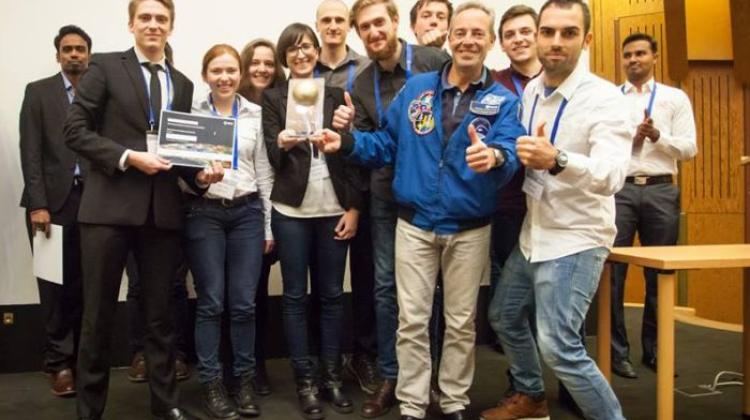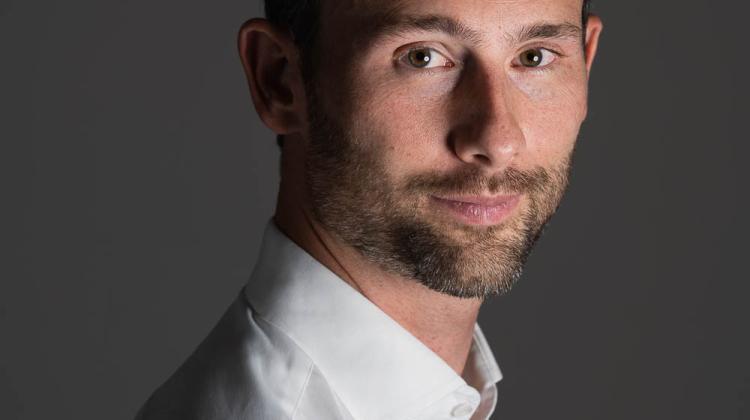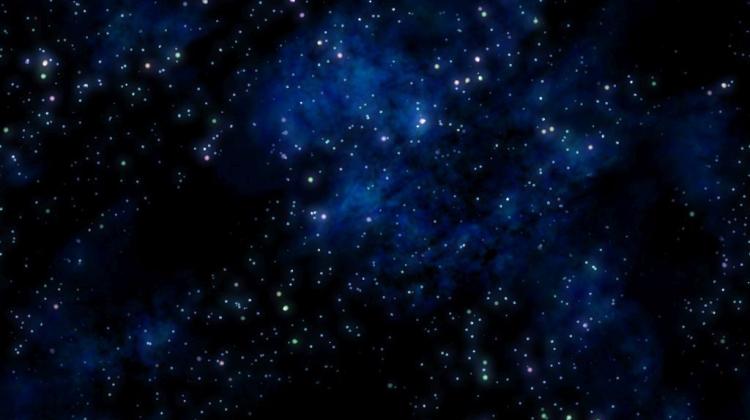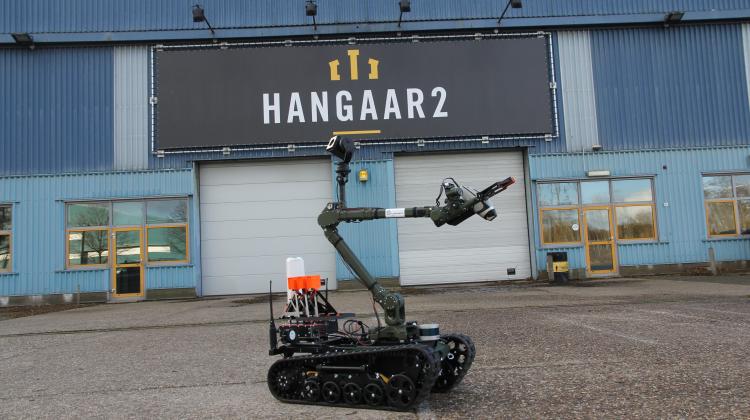Wrocław students win ESA's lunar competition
 Source: Wroclaw University of Technology
Source: Wroclaw University of Technology
Moon exploration project HECATE developed, among others, by Wroclaw University of Technology students won the prestigious ESA Moon Challenge, organized by the European Space Agency. In addition to the prizes, winners can also expect proposals for cooperation with ESA space projects.
The task of the competition was to design manned and robotic space mission. This meant that teams had to propose solutions that would allow astronauts to reach the space station, and from there conduct research on the lunar surface using advanced technology.
The competition attracted more than 20 teams, and three projects qualified for the finals: Synergic Selene, Team HARVeSt and HECATE. The latter was developed, among others, by students from the Wroclaw University of Technology research project "Space is more" - Dorota Budzyń (Faculty of Mechanical Engineering), Agata Mintus (Faculty of Architecture) and Szymon Gryś (Faculty of Electronics).
In the finals, which took place during the symposium "Moon 2020-2030" in the Netherlands, the students had to present their ideas in front of the competition jury.
The project HECATE involves sending several rockets into space, which then join to form a station above the Moon orbit. Four astronauts will work inside the station for a few hundred days. They will operate four Martian rovers sent to the Moon on two landers.
The rovers would to be placed on the lunar south pole, where the ever-shaded craters are located. Their task would be to collect a wide variety of samples from the lunar surface, which would then be examined. Other rovers would instead print small cubes in 3D technology, using the local "soil", lunar regolith. Analysis and endurance tests of these cubes would allow to plan printing a lunar landing using regolith in the future.
"During the presentation, the judges asked us about the details of 3D printing and communication between the space station and rovers" - said Szymon Gryś. "After our presentation I felt confident enough to come to the conclusion that we had a good chance of winning. The finals gave us a great opportunity to meet many people working in the European Space Agency. We hope this is the start of many new interesting projects with the ESA" - he added.
Work on the project took only a month, because that was the time the ESA gave students. Students spent it on calculations, creating projects, and frequent Skype conversations with other project participants. Many members of the 14-person team met other team mates in person for the first time during the finals in the Netherlands. "We were invited to participate in the lunar project by an Italian studying in the US, whom I met in the summer at the University of Stuttgart during the workshop on designing space stations. Our team was composed of 14 people from Italy, the UK, Japan, US and Poland" - said Dorota Budzyń.
In addition to the opportunity to collaborate on ESA projects, winners also received a statuette with gold Moon printed in 3D technology and modern drones with cameras.
PAP - Science and Scholarship in Poland
ekr/ agt/ mrt/
tr. RL
Przed dodaniem komentarza prosimy o zapoznanie z Regulaminem forum serwisu Nauka w Polsce.


















